When shopping for whitewater kayak paddles, you’ll notice many offerings are available in a bent shaft or a straight shaft paddle design. As you look at the variety of bent kayak paddles vs straight, you might be wondering what the difference is. We asked our experts to help readers understand the advantages and disadvantages of a bent shaft kayak paddle and a straight shaft kayak paddle.
Straight Shaft Kayak Paddles
Pros
A straight, continuous shaft means this paddle is strong under pressure and is less likely to break in a bad swim, waterfall drops gone wrong, etc. This reliability makes it ideal for paddlers who are creekboating or river running, especially in difficult whitewater. Paddles like the Werner Powerhouse Straight Shaft Kayak Paddle are ideal for creekboating.
Typically offered in both fiberglass and carbon designs, a straight shaft paddle offers you flexibility in the material you choose. With a wide range of pricing, straight shaft designs average about $95 less than their bent shaft counterpart.
Breakdown options are available for straight shaft paddles. If you plan to travel, have limited storage, or otherwise need to break your paddle down to a smaller size, breakdown options are an important consideration in choosing your paddle. We cover those options in this blog. [link to breakdown paddle blog]
A straight shaft is better at low bracing, back paddling, and stern draws. If these are a regular part of your kayaking experience, you’re going to want to consider a straight shaft.
Consider this
Using a straight shaft kayak paddle can cause repetitive motion wrist injuries for some folks because it forces your wrists into less ergonomic positions. If this is something that you are already susceptible to, you may want to consider the more ergonomic bent shaft kayak paddle options.
Since a straight-shaft paddle has a uniform feel along the entire length of the shaft, it’s easy for your hands to slide while paddling. In extreme situations such as rolling in particularly turbulent water, it is easier to let your paddle slide out of position with a straight shaft paddle.
Bent Shaft Kayak Paddles
Pros
A bent shaft kayak paddle is ‘indexed’, meaning that the bends in the shaft make it easier to keep your hands in proper position on the paddle. Many paddlers find this bend allows a more comfortable grip that can help prevent wrist injuries.
Note: To understand how a bent shaft mimics your natural wrist position, make a fist with both hands and hold your arms straight out in front of you. For most people, you will notice your wrist naturally is tilted to the outside. The bent shaft tries to mimic this tilt in order to position your wrists in their natural position. Paddles like the Werner Double Diamond Bent Shaft lead to a lower incidence of repetitive injuries.
Your hands are more likely to stay in the correct position on the paddle, even in turbulent whitewater. The contours of the bend provide a marker so you can always feel if your hands are in the right position even when rolling or getting worked in a hole.
This makes a bent shaft paddle, especially a foam core bent shaft paddle, like the Werner Shogun Bent Shaft Kayak Paddle, one of the better paddles out there to learn to roll with. The foam core floats the paddle to the surface more effectively and the indexed shaft takes the guesswork out of hand positioning when rolling. For this reason, bent shaft paddles are also popular among playboaters.
When considering a bent kayak paddle vs straight, you’ll find that bent paddles are better at forward paddling & high braces, especially with forward offset blades, like the Werner Surge Bent Shaft Kayak Paddle.
Be sure to consider
When considering a bent vs straight shaft kayak paddle, the bent shaft offers lower durability because of the bends in the shaft. This isn’t something to worry about - for the most part - unless you are running big water or commonly find yourself in Class IV/V.
In general, a bent shaft kayak paddle is less effective at certain paddling maneuvers like backpaddling.
On average a bent shaft paddle costs about $95 more than the straight shaft counterpart. On top of this, you’ll find that there is no breakdown option available. If you’re considering a bent shaft kayak paddle, make sure that you have the needed storage space available.
Which is Best?
The paddle that is right for you is going to depend on several factors. You’ll want to consider your experience level, preference for paddling activities (playboating, creekboating, river running, or touring), and overall desired comfort level while paddling. Many boaters have both a bent shaft and a straight shaft paddle, so they have the right tool for the job if they dabble in a few different areas of boating.
Both bent shaft and straight shaft kayak paddles offer a number of benefits and things to consider. No matter which you end up choosing, it’s important to find the paddle that works best for you and your lifestyle. Whether you’re looking for a bent or straight kayak paddle, we have a variety of options to choose from. Take a look today and get ready for your next adventure!

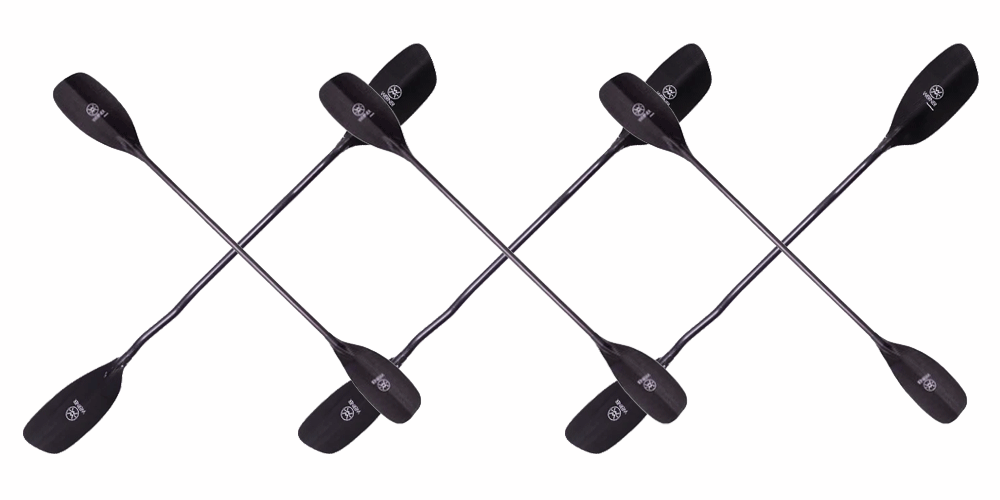


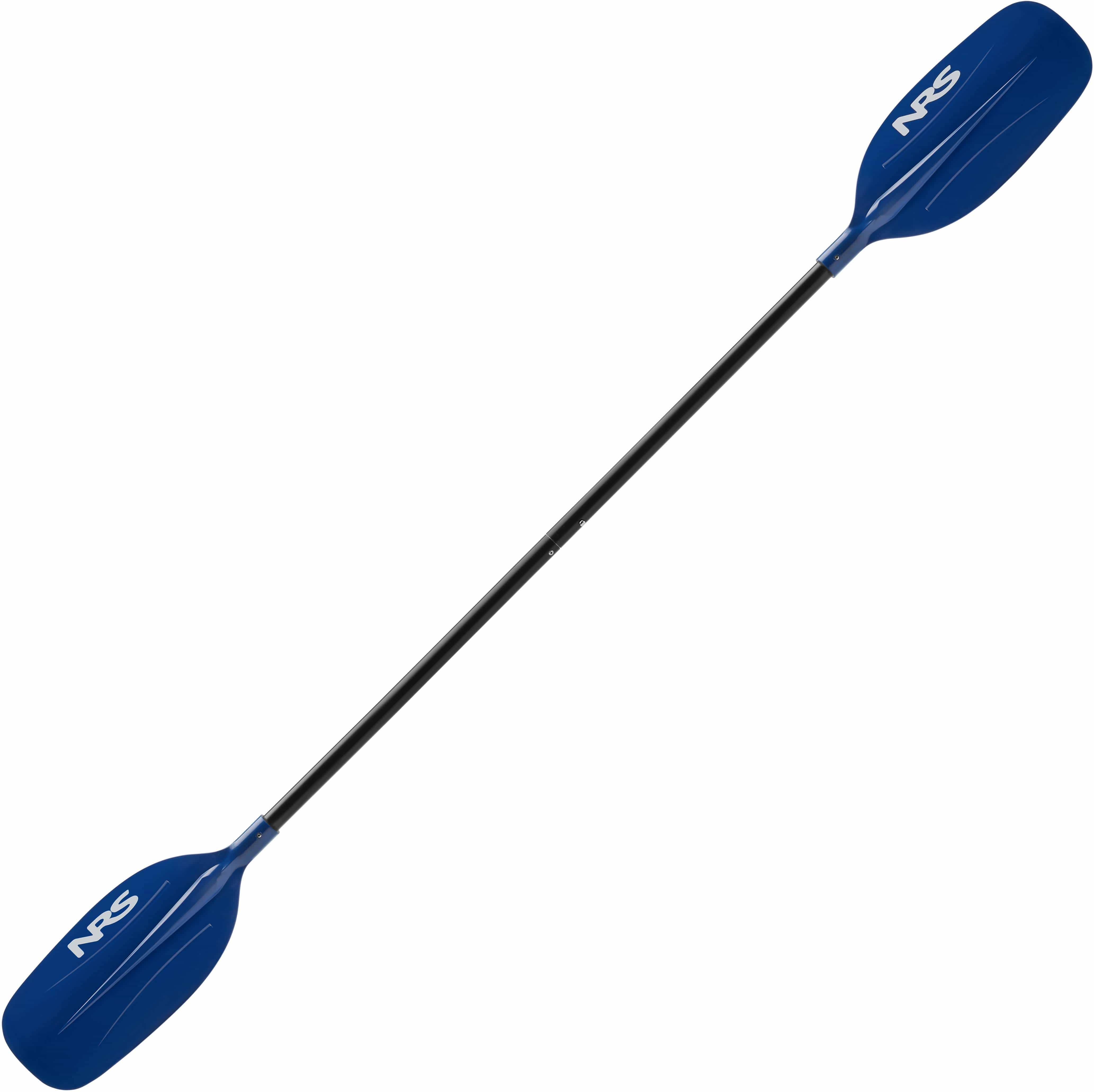

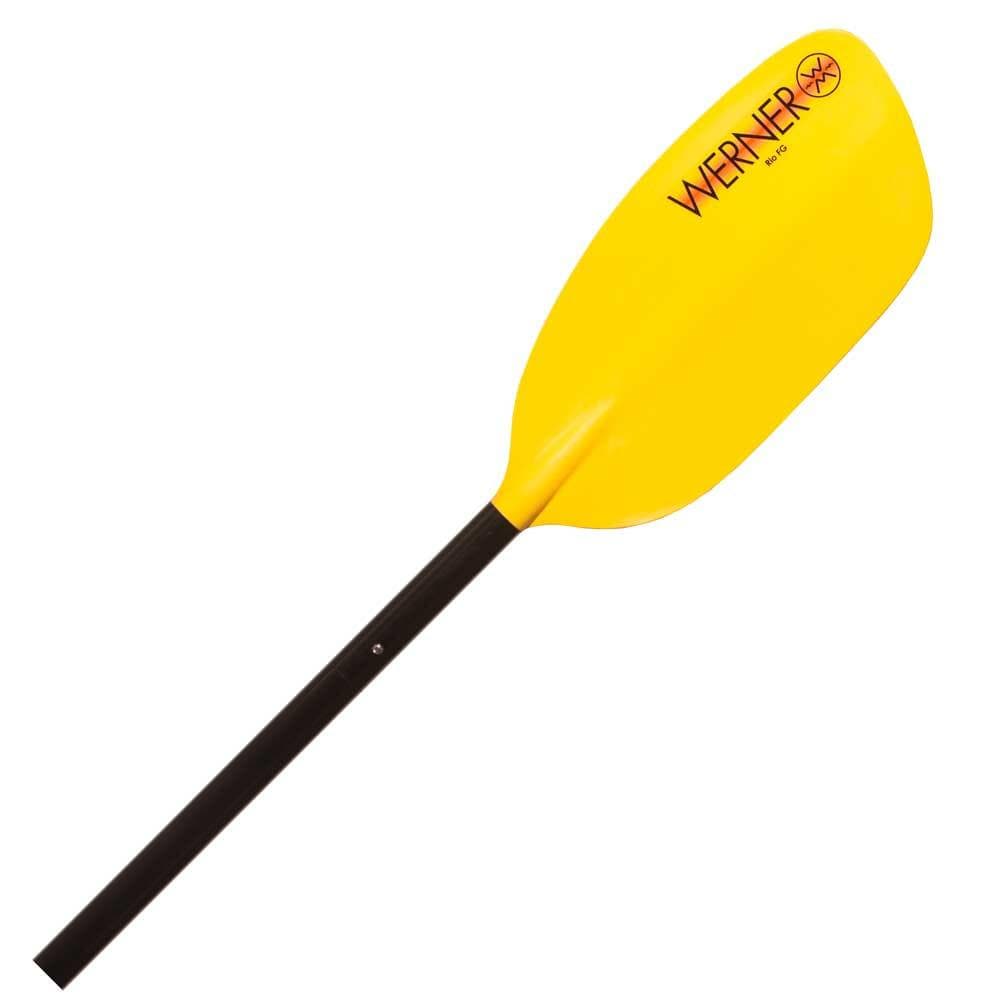
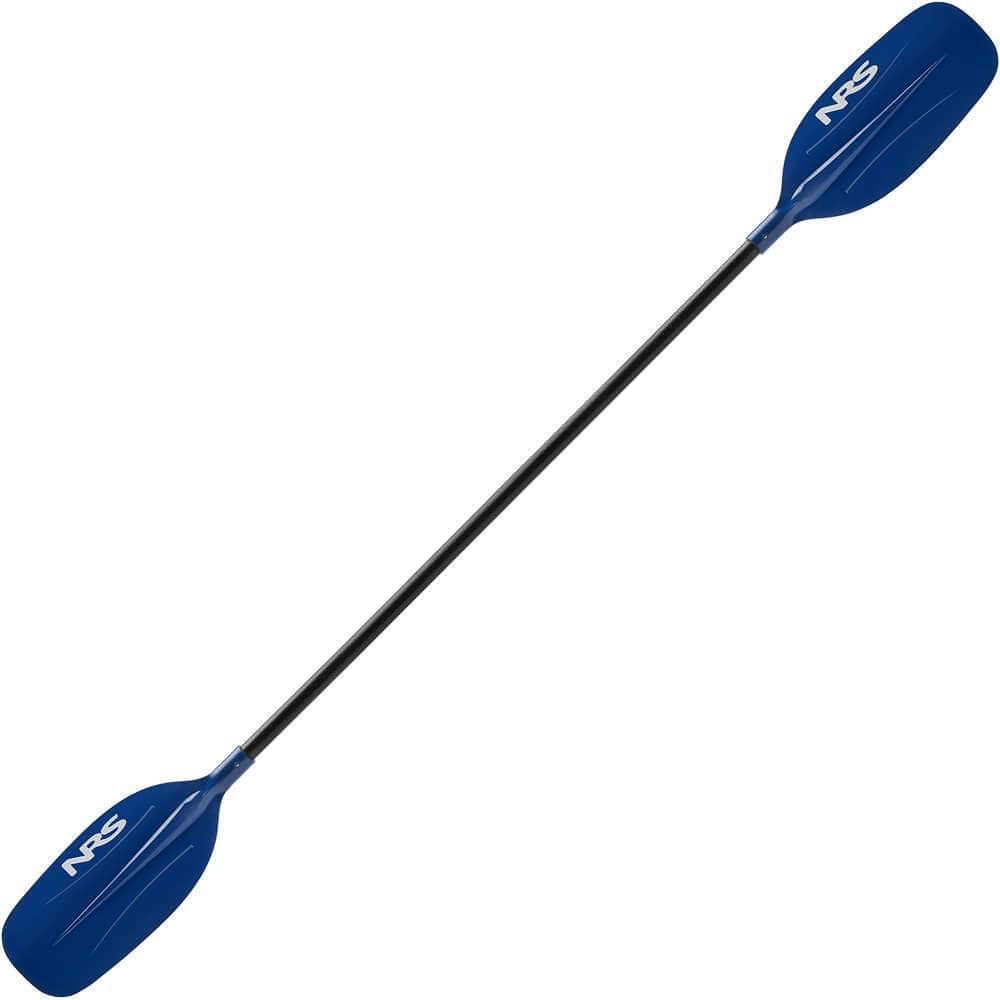
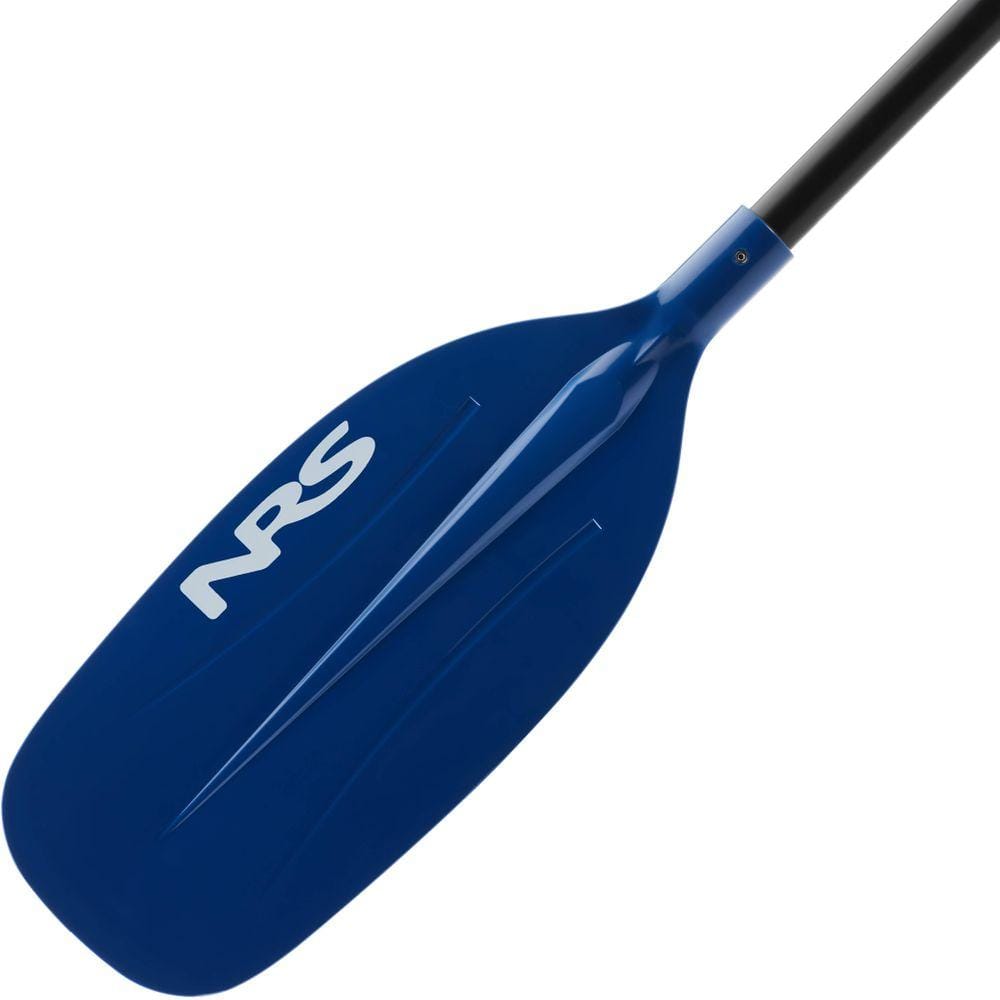

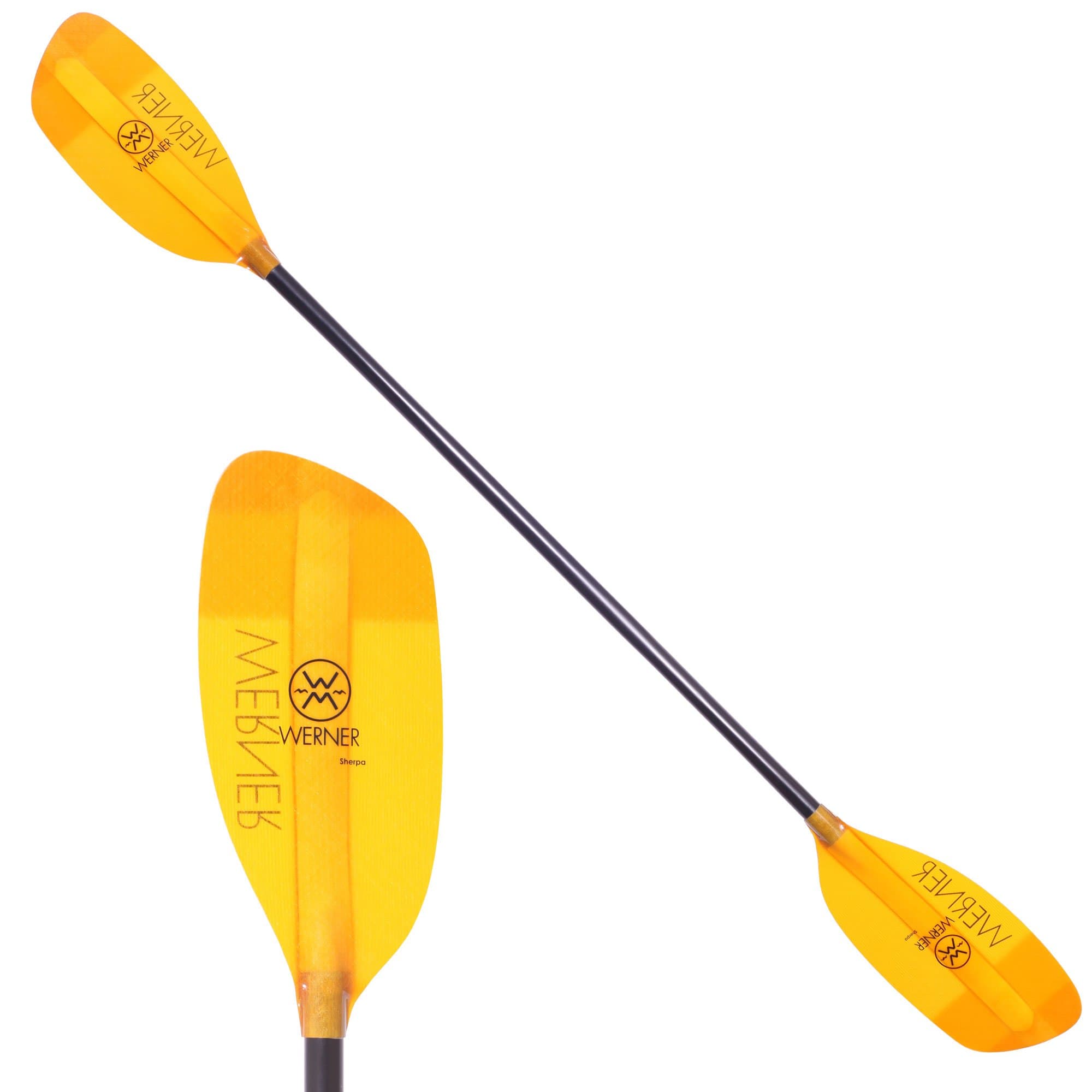
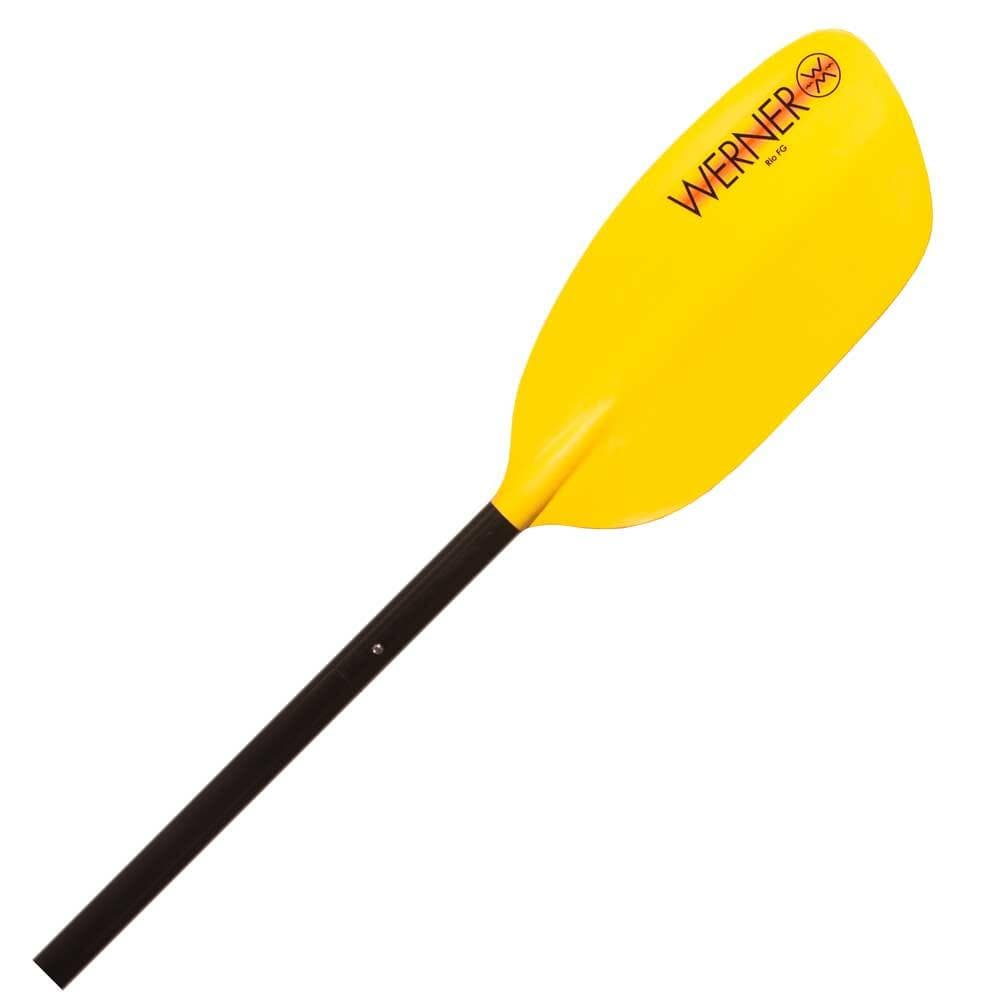

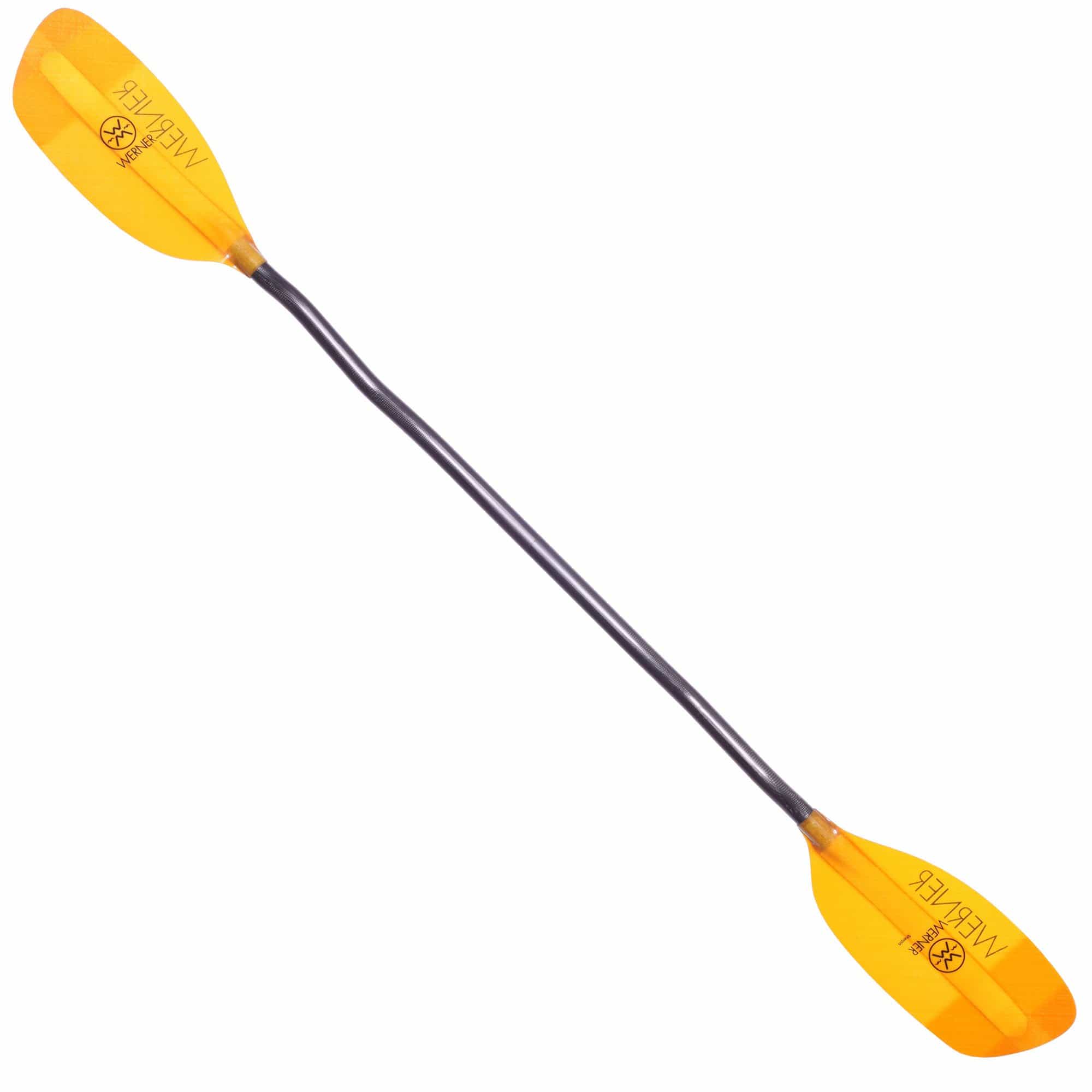
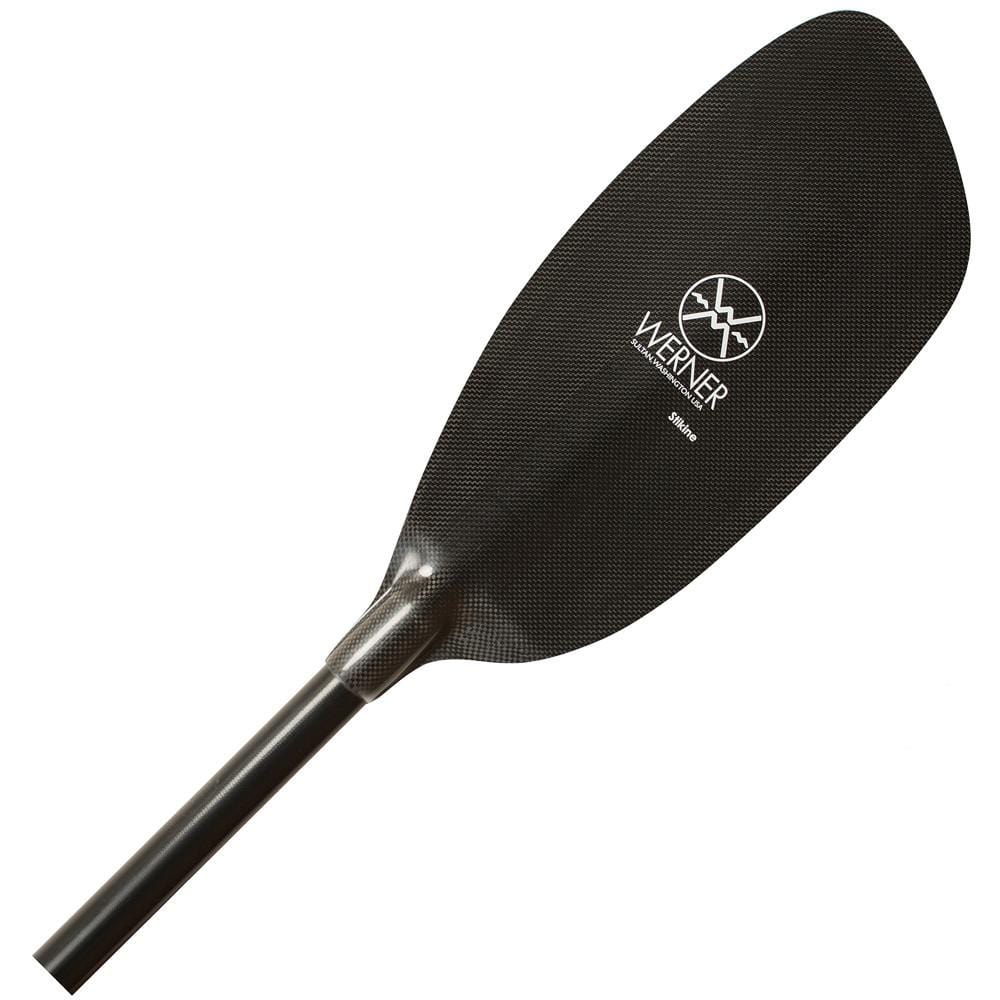
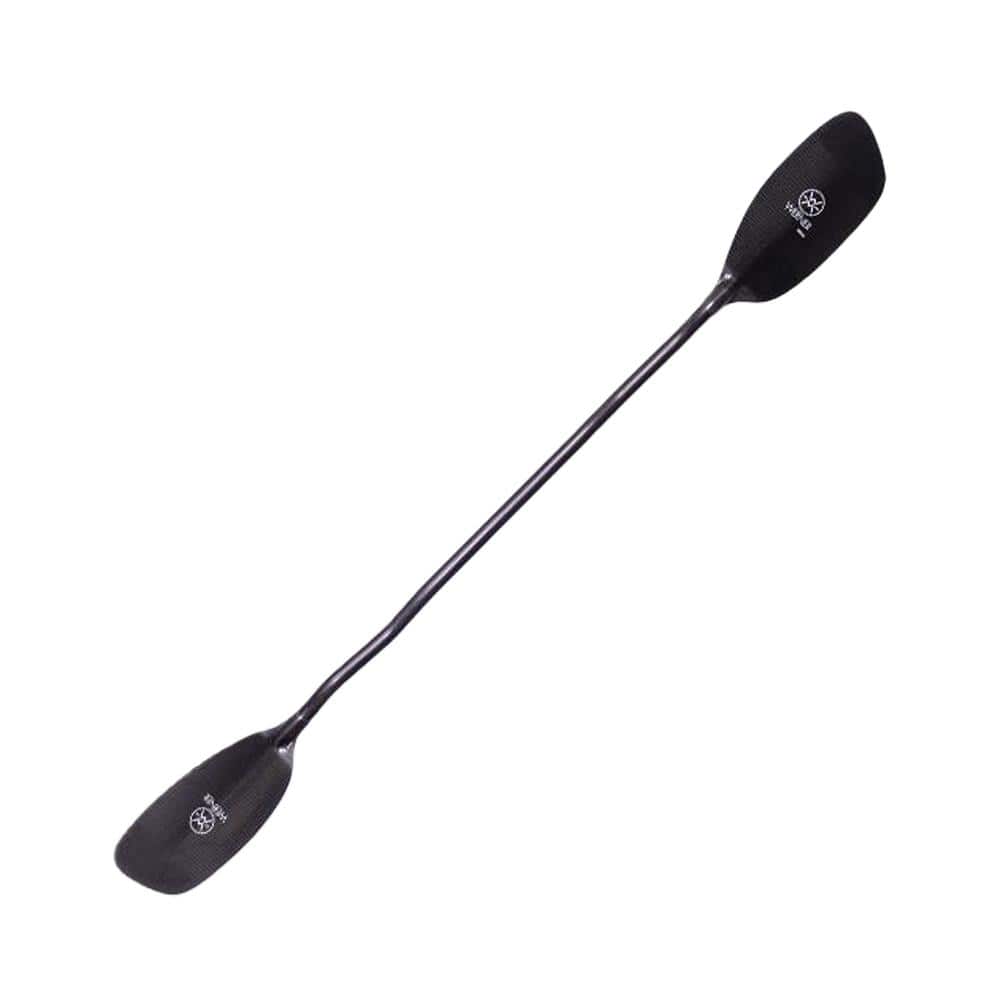

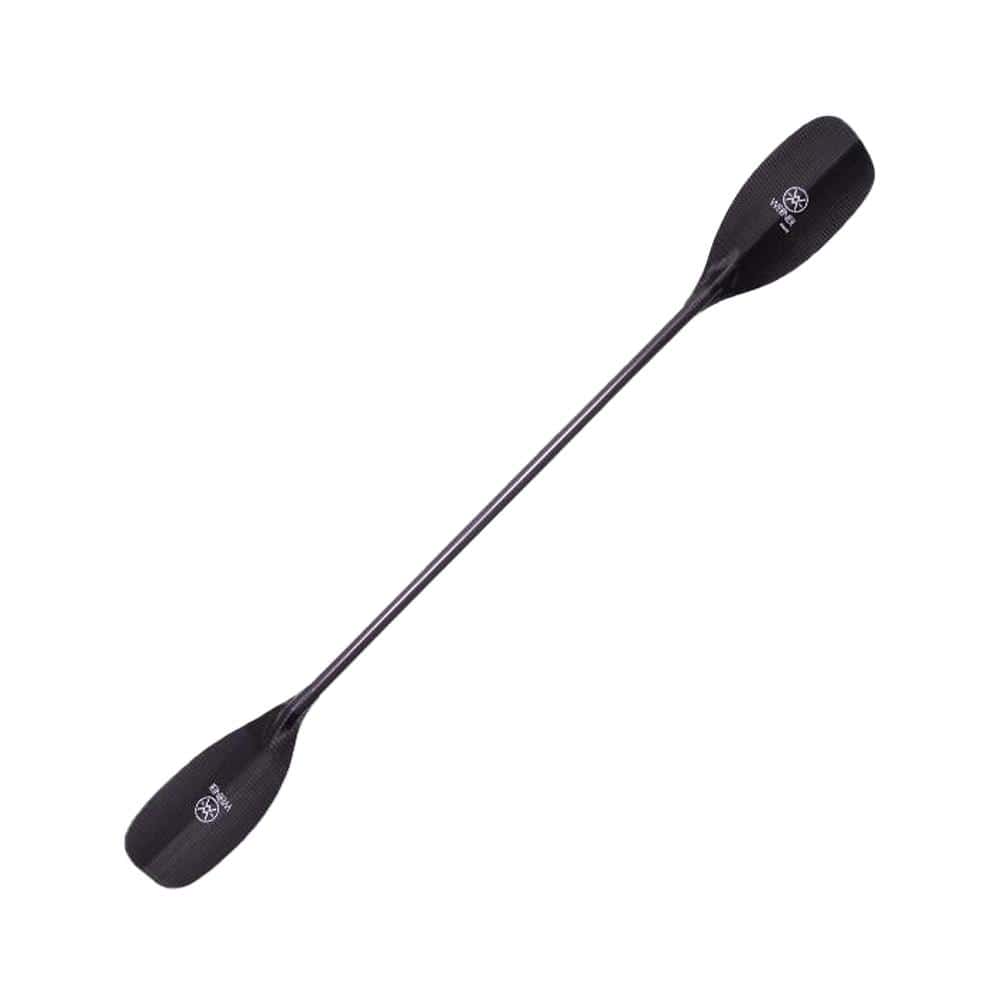


1 comment
Amr Hafez
As a relatively new WW paddler in my mid 60s, I was suffering both wrist and elbow pains after long or multi-day paddles. Bobby at CKS suggested a bent shaft Odachi. I got a R30 Odachi at 197 cm. I am 5’10", 185 pounds. The difference was apparent from my first flat water paddle. My normally slow Antix seemed to move faster by itself with no effort. It was peak COVID time, so I was bike shuttling, which meant a 5 mile uphill ride before hopping into my boat. Beside the added speed, the bent shaft was a natural fit. I started paddling 3 consecutive days each week and my wrist/elbow pain was gone. I temporarily lost my R30 Odachi, so I bought a used R45 from Zoar. Eventually River Karma won out and a kind fisherman returned my R30 Odachi. I used the R45 for a couple of weeks with no loss of comfort, but I did have to concentrate a bit to hit my rolls. The bent shaft is great for rolling as you can instinctively get it in the right position. Also recommend the foam core. It has proved durable, except for visible scratches. About once a year I spray it with acrylic lacquer and it looks like new.